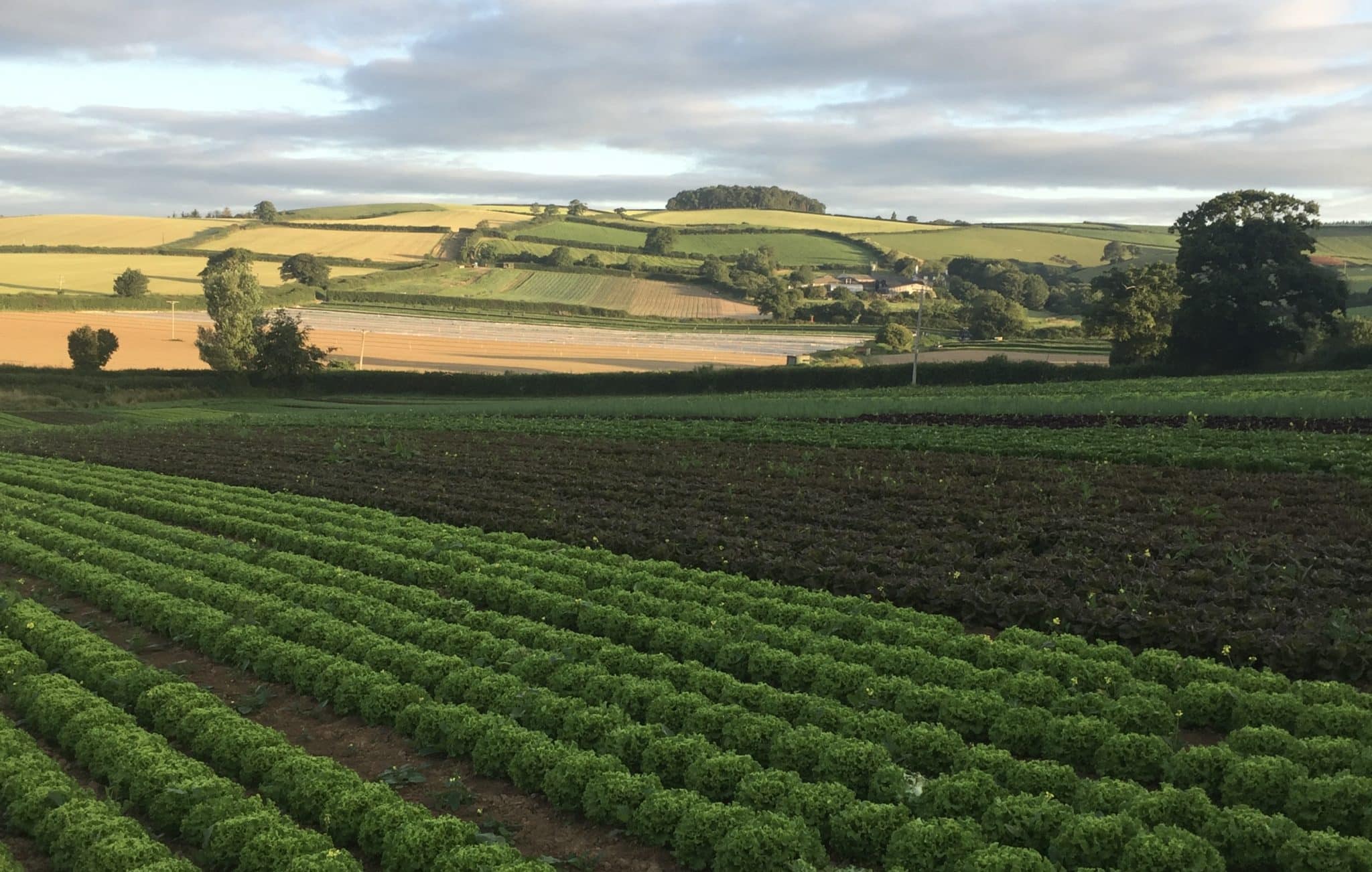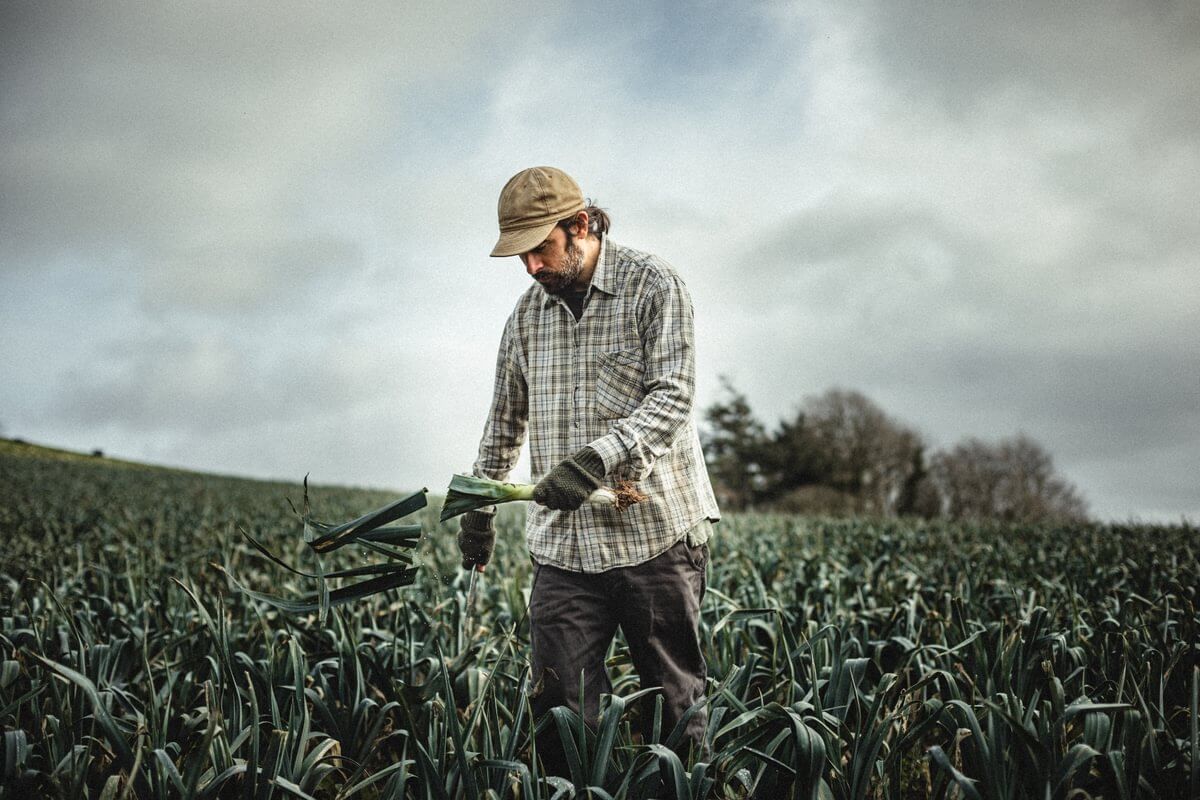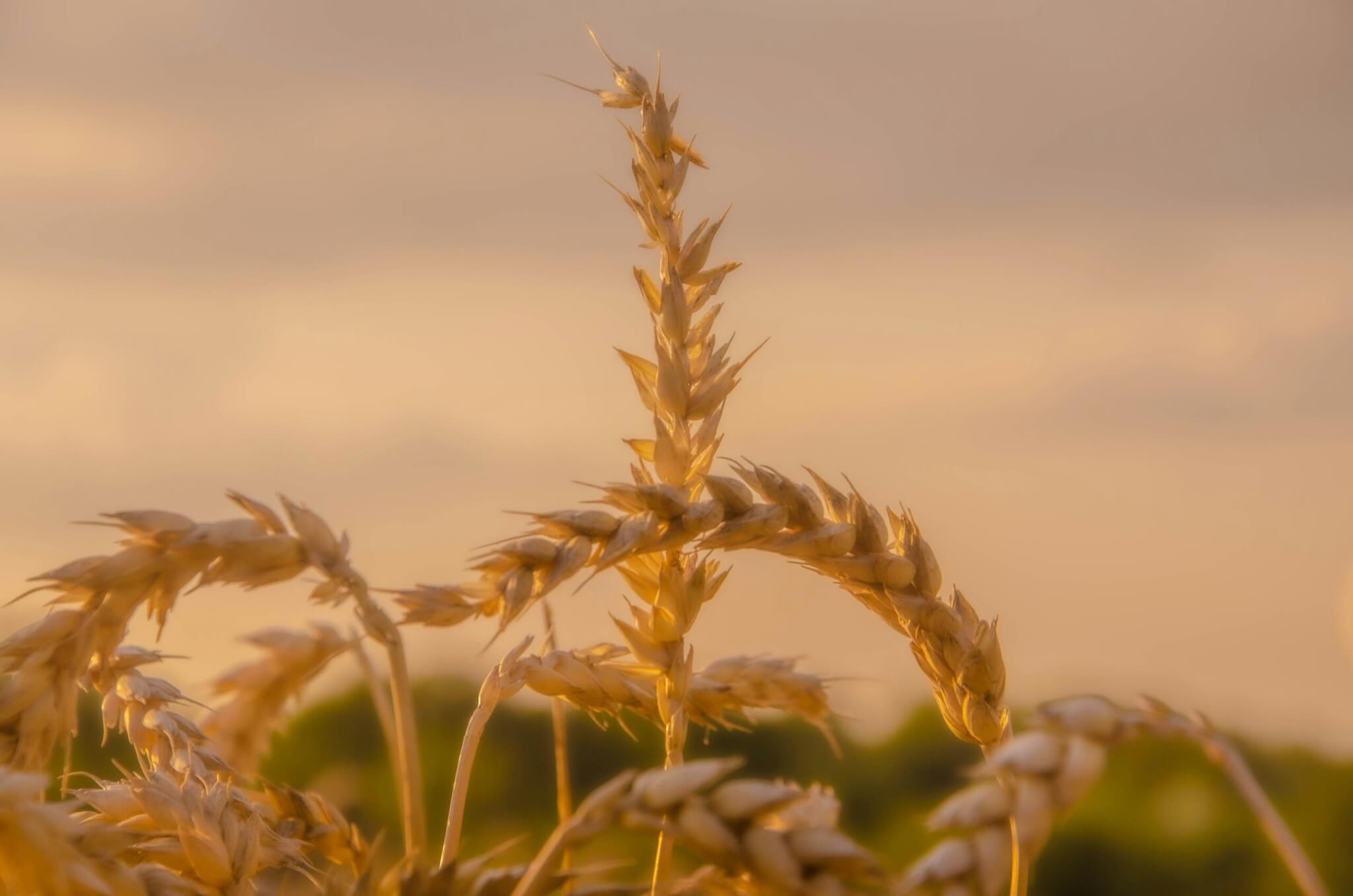Many a grower (and a few gardeners) have lamented the exuberant ambitions that are born in winter, and exposed as folly in July. In the cold days of winter, with little growing, little immediately needing doing, and a coffee in hand – inspired by seed catalogues and field maps, and buoyed up by enthusiastic customers – it is easy to get carried away dreaming of next season’s vegetable Eden.
But ambitious crop plans can quickly unravel under the beating midsummer sun, with rampant weeds, parched crops, over-ripening strawberries, and over-worked staff growing tired, irritable, and in need of a day off.
My dad drove my mum nuts with his irrepressible belief that “Darling, I really think we’re getting there.” Now, Geetie, my wife and partner in Baddaford, our new farm, laughs at my own perpetual optimism about veg. Perhaps 35 years of experience should have tempered my belief that this will be the year when everything will work out. But we are almost there, despite summer’s challenges.
More from Guy Singh-Watson
This week will see the last brassicas and leeks planted for winter. It has been a dry year; beyond the reach of our irrigation, established crops are starting to suffer in the relentless heat. Most experienced growers without irrigation plough the soil to create a fine, loose seed bed two months ahead of summer planting.
If the surface is kept loose and weed-free, moisture losses are minimal: any rain can soak deeper into the soil and be held there, without loss through evaporation from the surface, or through transpiration (water evaporating from crops and weeds).
Our leeks, cabbages, cauliflower and broccoli are planted using a machine which pushes the dry surface soil into ridges, before planting each module (small blocks of compost, which sustain the plants for their first eight weeks, prior to being planted out in the fields) into the damper furrow. Two wheels follow to press the plants in, giving good contact between the moist compost modules and the moist soil.
The secret is never to let the compost dry out, allowing the first new roots to push out into the soil within 48 hours. If well planted into soil which is fully charged with moisture, winter brassicas and leeks will get going even in the current savage heat. As their roots grow out and down, they will find enough moisture to keep them going until we get some summer thunder – perhaps next week – or autumn rains.















I’m glad you think you might be getting there Guy, Me I’ve forgotten where I’m going – seems everyday everything changes and so far non of it is for the better – Oh well one day maybe!